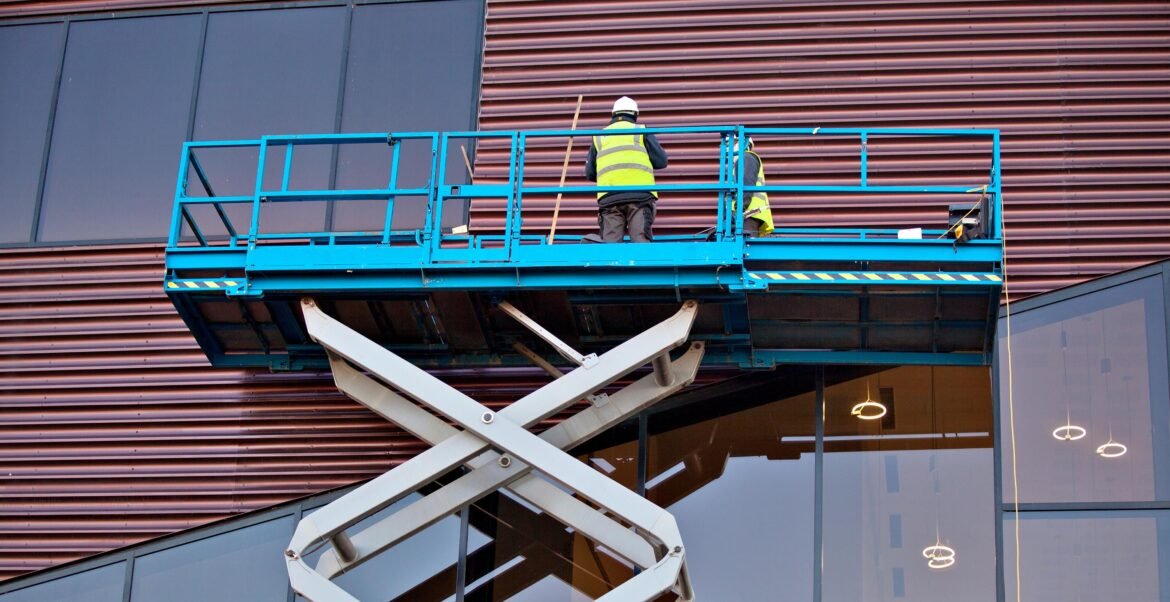The scissor lift tables are becoming more and more common and are being widely used in the industrial field. One of the biggest reasons for the frequent usage of stationary scissor lift is because these are very simple and easy to use, unlike those heavy and complicated lifting machinery used before. Their weight lifting capacity is mind-blowing, and the structure is also very straightforward.
In this article, we will separately discuss the essential components individually. Their working will also be talked about. So read the article till every end!
Essential Components of Scissors Lift Table
Let’s take a close look at some of the significant components of the scissor lift table that combine together to form this massive and versatile machinery.
The Platform
The most prominent of these parts is the platform located on the very top of the machine. It is typically a straightforward and plain table-like structure that helps to take the object from one floor to the other. Usually, the platform comes in a ¼” measurement, but there is no set standard size for this. This is because the scissor lift table comes in various sizes and dimensions, and so the dimensions and the size of the platform vary accordingly.
Base
The lowermost part of the scissor lift table, which makes up for a strong foundation of the machine, is called the base. Since the base has to support the massive structure fully, its dimensions vary according to the size, height, and capacity of the scissor lift table. The base comprises of the tracks that direct the rollers, which are attached at the ends of the legs.
Scissor Legs
Scissor legs are the most essential structural component of the whole machinery. They extend from the base to the platform in a crisscross manner. The expansion and the reduction of the length of the scissor legs decide the elevation level of the platform. In more extensive machinery with more height, the legs have to expand more.
Cylinders
The cylinders installed into the scissor lift table work on the principle of high hydraulic pressure. They are the reason the scissor legs are able to expand upwards and change the elevation and retract back again. There are many sizes of scissor lift tables available, and each of them comes with different numbers of cylinders, but mainly they vary in number ranging from one to four.
Motor/Power Source
The source of power behind all this heavy-duty and powerful machinery is an electric motor. Besides electricity, these motors can also work skillfully when it is powered pneumatically with the help of an industrial air pressure which contains high pressure. Most lifts do come with an already installed motor behind the cylinders. On the other hand, in a small number of scissor lift tables, the motor is connected to the size of the machine.
Bottom line
All of these parts intelligently combine and work together to keep the mechanism functioning smoothly. The motor drives the oil into the hydraulic cylinders, which then urges the lift table to elevate upwards. When the table reaches at a certain height, a valve keeps the oil trapped in the cylinders. Which results in a stable and steady lift table. When it’s time for the lift to come back down, the oil is then released. The speed of the fluid leaving the cylinders determines the retraction speed.
